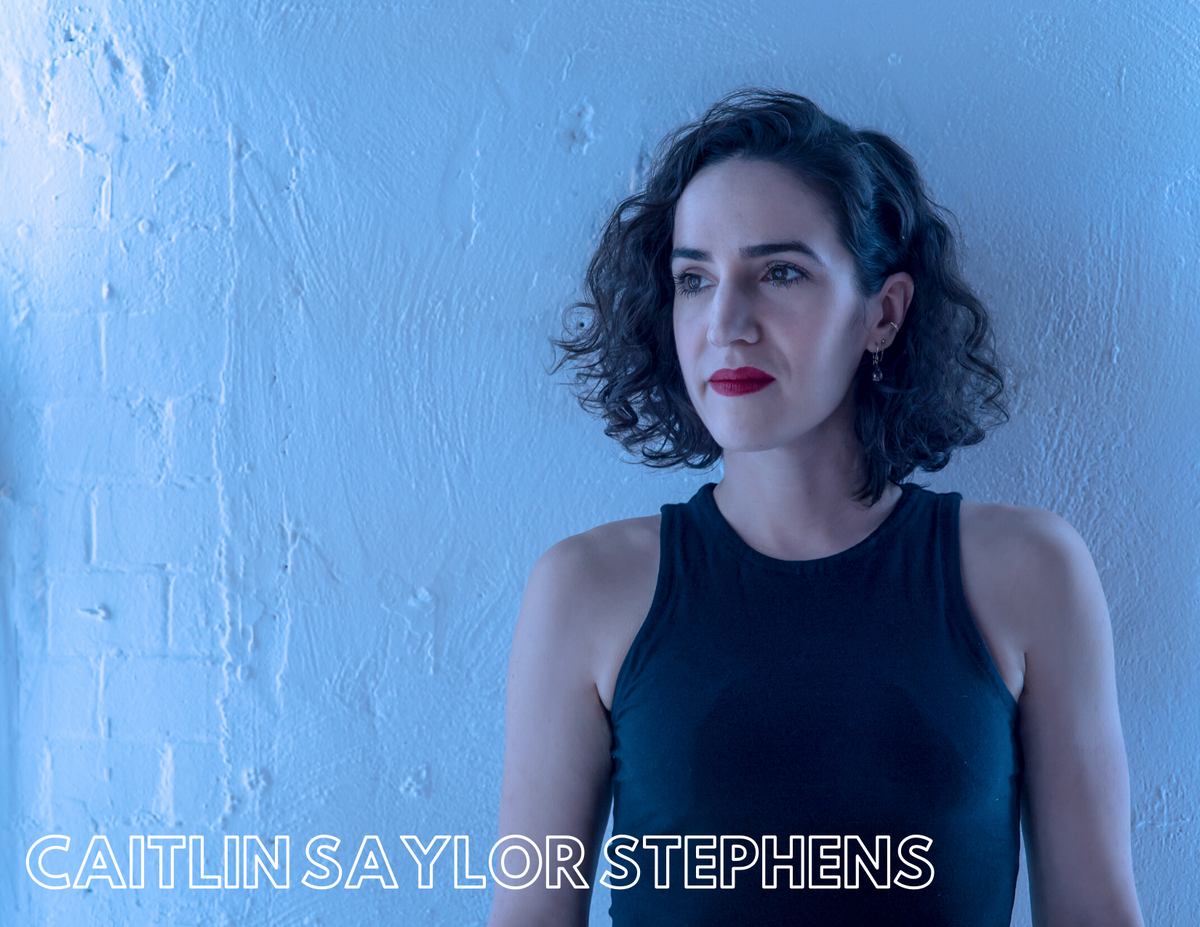Meet the Playwright of When We Went Electronic Caitlin Saylor Stephens
Art House: What inspired you to write When We Went Electronic?
Caitlin Saylor Stephens: I began writing Electronic in 2011 when the Dov Charney harassment allegations began to surface in the media. At the time, we were culturally pivoting away from the American Apparel aesthetic, which had reached a saturation point. We were on the tail end of a decade, during which, many of us had been active participants in the success of the American Apparel phenomenon. We bought the clothes. We worked in the stores. We gawked at the billboards. American Apparel wasn’t just a brand. It was lifestyle. And we really lived it. But then I guess we woke up one morning with some kind of cultural hangover and realized we had designed a monster. That’s when the Dov Charney allegations began. And Terry Richardson. I wrote the play to explore our consciousness surrounding self-objectification and the moment that transforms into something horrifying and completely out of our control.
AH: Why did you decide to write original songs with Sarah Frances Cagianese for the play?
CSS: Because of the play’s dark subject matter, I knew there had to be some kind of a tonal contrast to lift us out of it. Music seemed to be the best way to capture that vibe. Sarah has an incredible talent for writing aggressively feminine pop songs. They have a sweetness and sincerity that l love. Adding music to the piece helped capture a specific tone I was going for - something disturbing and oddly seductive.
AH: Who are the artists you're most excited about right now (theater, music, visual arts, can be anything you'd like!)?
CSS: Light is an important part of the work that I make. So I’m often looking for different sources of light to inspire the next piece. Lately, I’ve been making trips to an wholesale chandelier store on Atlantic Avenue. The guys are nice there and they sometimes let me in there to take pictures, even though I’m not a buyer. Dan Flavin’s installations were a big inspiration for Electronic. Nowadays,I spend a lot of time looking at blow-mold nativity scenes on Ebay. I don’t know the name of the artists that make them, but I’m a fan. I’ve also been on a photography bender these days. So Cindy Sherman, Francesca Woodman, and Nan Goldin are all of interest. I particularly like female artists who’ve been trashed by the critics because they dared to be different and then all of a sudden define a medium.
AH: Did you shop at American Apparel? If so, did you have a favorite item of theirs?
CSS: I love their tube sox. I always wished I could pull off their shiny tricot leggings. But I never had the legs for them.
CAITLIN SAYLOR STEPHENS (Playwright) is a Brooklyn-based playwright, performer, and filmmaker. The recent world premiere of her play When We Went Electronic was hailed as “absurdist edginess” and “taut and brutal” by The New York Times. Her work has been presented at The Tank, The Flea, NYTW, The Lark, New Georges, The Amoralists, and elsewhere. Among her awards are fellowships, scholarships, grants, and residencies from SFAI, Headlands Center for the Arts, Ucross, VCCA, New Georges, The Whiting Foundation, and The Jerome Foundation. She’s received two honorable mentions on The Kilroy’s List and has been a finalist for New Dramatists, The NYFA Made in NY Women’s Grant, Princess Grace Award, Sundance Theatre Lab, 2019 & 2020 Creative Capital Award, BAPF, P73 Fellowship, multiple Jerome Fellowships, Berkeley Rep Ground Floor, and the Boris/Segal Fellowship at WTF. Caitlin is currently under commission with Lincoln Center Theater where she is an artist in residence. www.caitlinsaylorstephens.com
When We Went Electronic runs March 19-April 5 at Art House Productions in Jersey City. Tickets are $15-$30. Tickets can be purchased here.
When We Went Electronic by Caitlin Saylor Stephens | directed by Meghan Finn
songs by Sarah Frances Cagianese & Caitlin Saylor Stephens
Schools Out. It’s 2008. Two Made in USA American Apparel® models search for their missing memory after a tragically fun night. But when really weird stuff starts happening, the girls begin to question the syntheticness of their own materials and if what they think happened was really real. Maybe last night wasn’t such a party after all. Literally.


0 comments